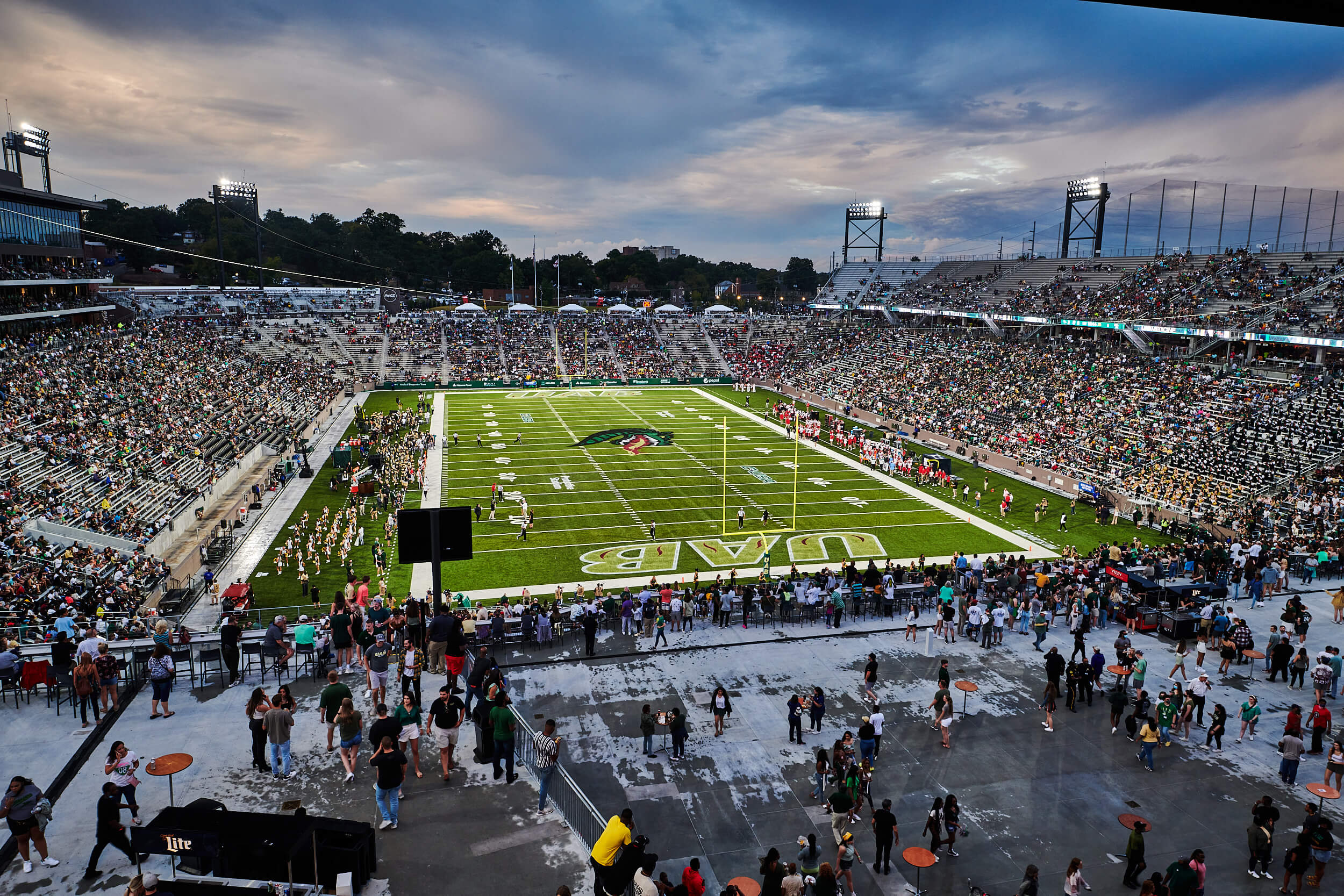
As higher education recovers from the chaos of adapting to the pandemic, here’s a look at some of the emerging concerns facing leaders in the athletics space.
Excerpted from Athletic Business.
Retaining investments in athletes. In modern day college athletics, coaching staffs and administration are worried about retention of student athletes, in whom they have invested so much university funding for high performance athletic facilities, scholarships, room and board, per diem, etc. When there is high turnover among recruits, that investment is neutralized. The key is to attract the athletes that will differentiate your program from another. With the abundance of talented players out there, higher education sports leaders are getting more creative with the recruiting strategies in order to succeed.
State of the art becomes mainstream. In the past, superior facilities were one way that a program could differentiate itself from its competitors for recruitment and retention. These incentives are becoming ever more unique and advanced. The amenities and technology that were once state of the art have become more commonplace.
Spectator preferences are evolving. There are also sweeping changes in the way people prefer to watch sports, with many more options to watch the game remotely with more and better views, oculus glasses, helmet cameras, and AI. Seating in the uppermost sections at an outdoor stadium is less palatable than in the past.
Therefore, stadiums, too, are changing. Stadiums are transforming in response to the changing requirements repositioning toward the professional model with upgraded spaces and amenities. Upper decks and field level zone clubs are being converted into large areas or open platforms that entice people to gather with the sporting event as more of a backdrop to small groups socializing over high-end hospitality.
Optimize your competitive advantage. The key to success is to anticipate trends and to stay one step ahead to win the recruiting game. The urgency of having the best players is still the same as it always has been, but the way to get there is not a linear process. The leaders who push the boundaries to take advantage of the system will be the ones who win. They will use their unique, state-of-the-art facilities and amenities to recruit the athletes with the most potential.

Yann Cowart‚ AIA, LEED AP, NCARB is GMC’s vice president of sports architecture. Click here to contact him for more information on sports architecture.